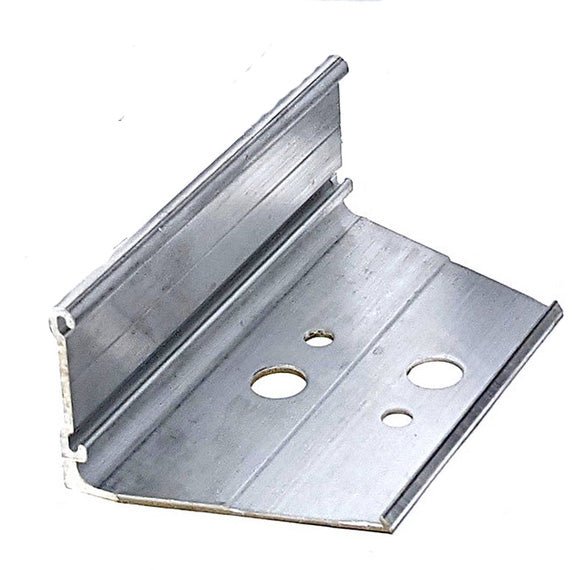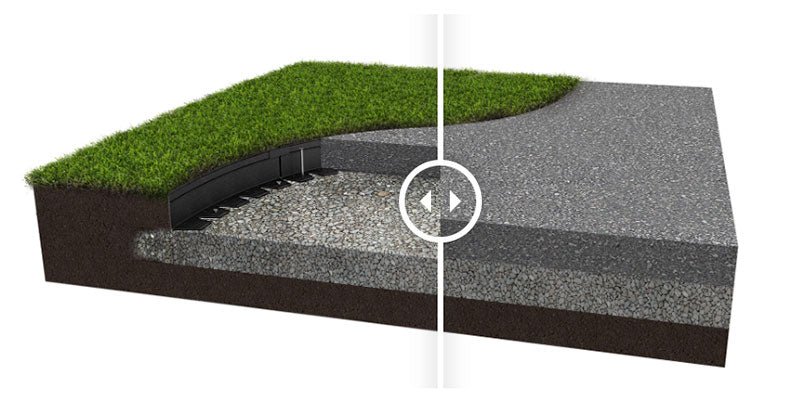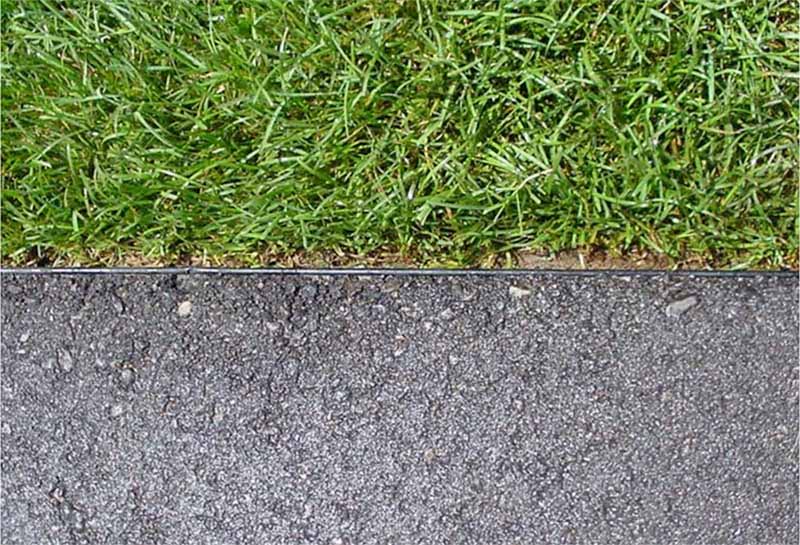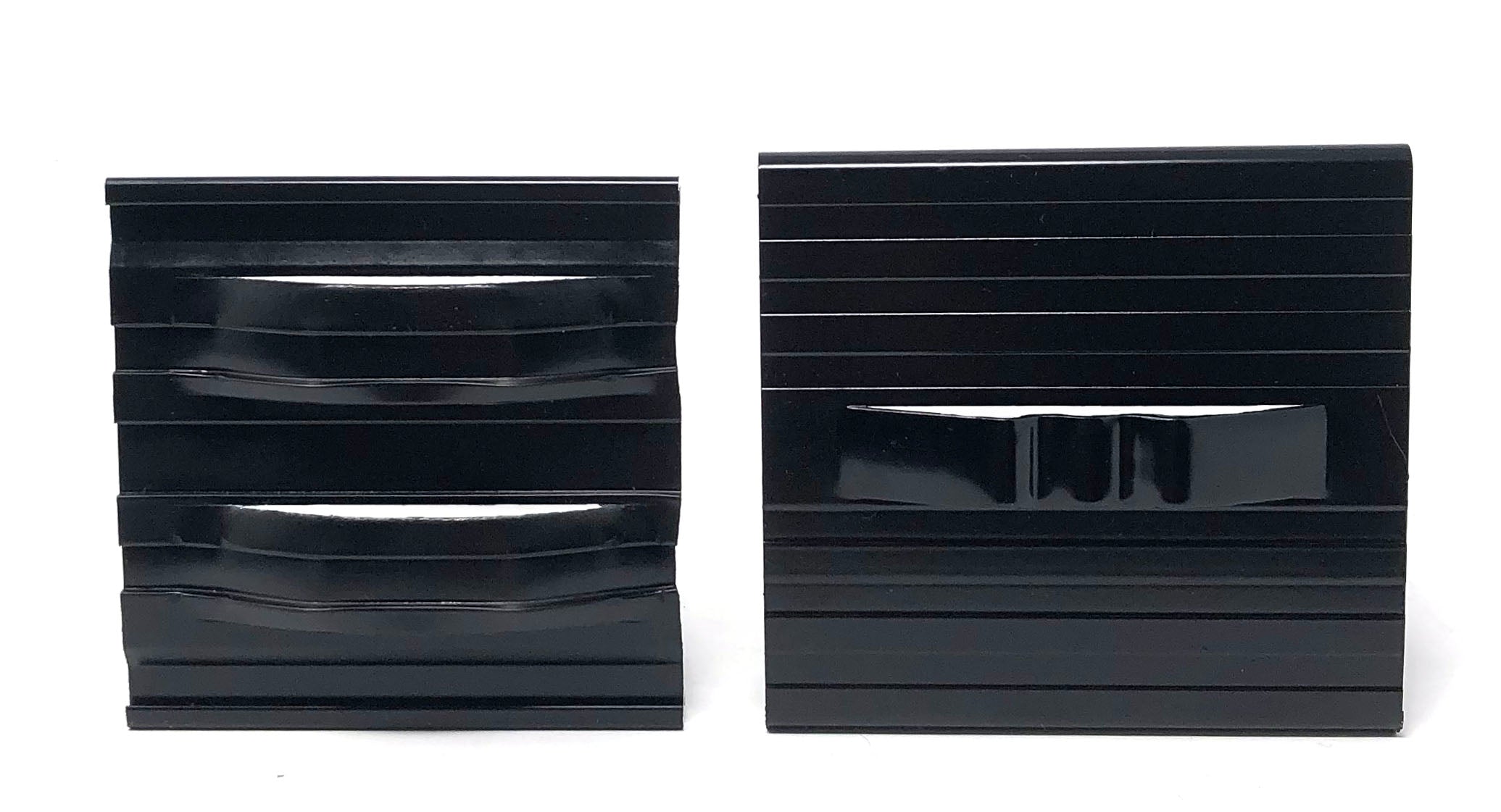Gravel Driveway Edging - 8' x 1” x 2.25” Mill Finish - 264LF per Carton
FREE SHIPPING
Our Gravel Driveway Edging is a L-shaped and flexible aluminum edging product that helps to provide a consistent edge along asphalt and gravel projects. This product, made by Permaloc, provides a strong and uniform 90 degree edge that gives your gravel driveway a clean, finished look. This product provides a uniform thickness and consistency on your driveway border. It also helps to keep the gravel from migrating off of your driveway.
This LEED qualified edging can be sued in residential, commercial, and industrial applications. It is made of 6005 Aluminum Alloy.
Dimensions: 1″ x 2-1/4″ (25.4mm x 57.15mm)
For asphalt applications.














